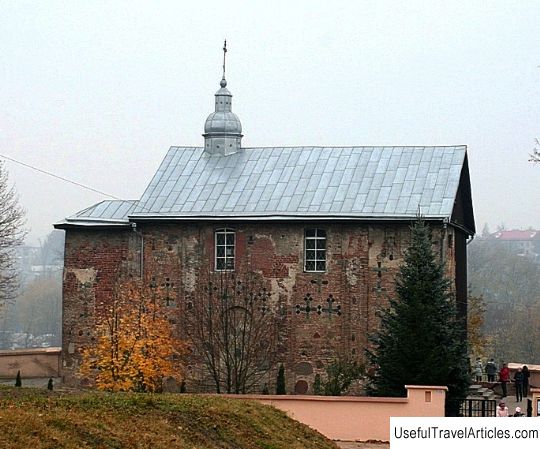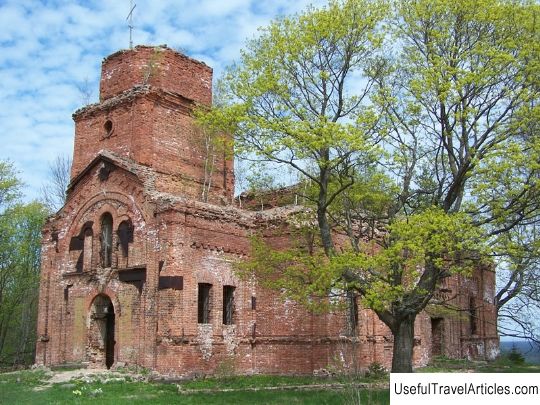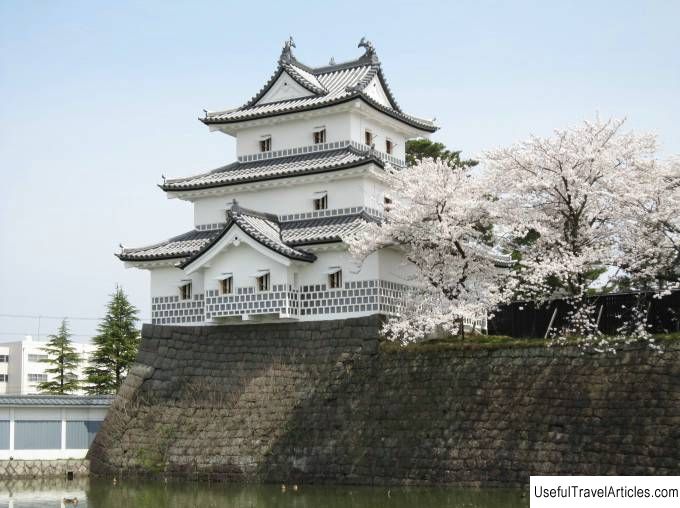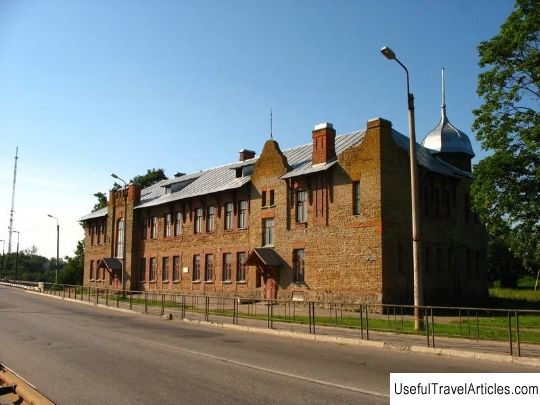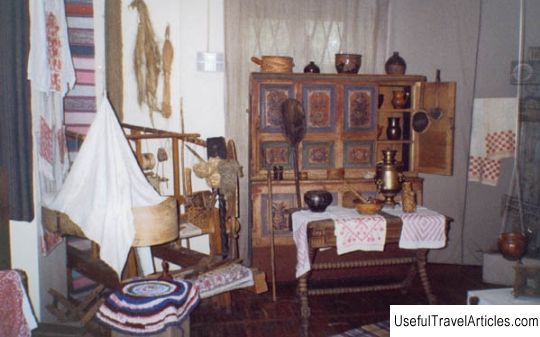Izhora ethnographic museum in the village of Vistino description and photos - Russia - Leningrad region: Kingiseppsky district
Rating: 8,0/10 (109 votes) 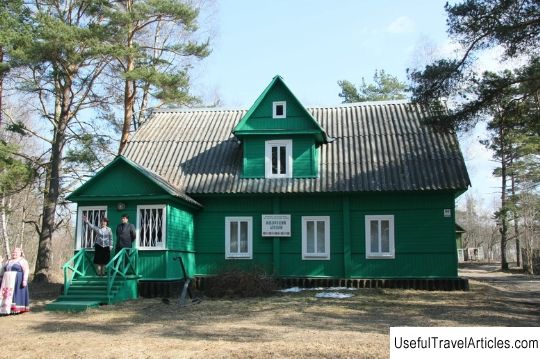
Izhora ethnographic museum in the village of Vistino description and photo - Russia - Leningrad region: Kingiseppsky district. Detailed information about the attraction. Description, photos and a map showing the nearest significant objects. Photo and descriptionThe Ethnographic Museum, located on Central Street, in the village of Vistino, Kingiseppsky District, Leningrad Region, plays one of the leading and significant roles in the process of preserving the distinctive cultural values of the Finno-Ugric people called Izhora. It is this museum that until now helps not only to preserve, but also to form the memory of the ethnic Izhora community. You can get to the museum from the bus station of the city of St. Petersburg to Kingisepp by regular buses. The opening of the ethnographic museum in the village of Vistino took place in the fall of October 1, 1993 in the premises of a previously existing school. A fish collective farm called "Baltika" provided invaluable assistance during the opening. Today the museum is fully subordinate to the special cultural department of the Kingisepp district administration. Today the museum maintains cooperation with researchers from Finland and the city of St. Petersburg. The largest part of the collection is represented by household items of the Izhora people, which include clothes and various utensils. It should be noted that, to a greater extent, the expositions are devoted to the Lower Luga and Soykin groups, who once lived in these places. Izhora is a Finno-Ugric nation, which constituted the bulk of the inhabitants of the Izhora land. As you know, Izhora land extends along the perimeter of the banks of the Neva River and is limited by the Narva River, the Gulf of Finland, Lake Peipsi, and on the western side of Lake Ladoga and the nearby eastern plains. Modern representatives of the Finno-Ugric people live in the Kingisepp and Lomonosov districts within the Leningrad region. According to the 2002 census, about 330 people of this ethnic group were registered on Russian territory. The purpose of creating an ethnographic museum was to preserve the cultural wealth of the people reflected in the small village of Vistino. Some part of the exposition is devoted to modern and traditional fishing, but most of it is represented by handicrafts, a fairly rich archaeological collection of items, colorful national costumes, as well as household items. According to historical information, fishing was the most important craft of the ancient people, because the people lived on the coast of the Baltic Sea, or rather the Gulf of Finland. The surviving items include some equipment, nets for herring, which was the main fishing object of Finno-Ugric fishermen, basic or auxiliary equipment and devices for fishing, allowing you to fish throughout the year. The largest number of exhibits on display have signatures mentioning the Izhora name of one or another fishing equipment. Of particular interest to visitors are photographs from the early 20th century, which fully illustrate the main theme of the exhibition. Despite the numerous copies of the collections, the expositions are constantly replenished due to the gifts of the inhabitants of the local region. Every year the Izhora Ethnographic Museum takes an active part in the celebration of Midsummer's Day or Johannus. In the summertime Namely, in mid-July, the Fisherman's Day is celebrated - a professional holiday for the vast majority of the population of the Soykin Peninsula. At the end of the first month of summer, the small village of Vistino becomes a real center of cultural life of the Izhora people - a holiday called "Preserving - Reviving!" is held, which brings together all the villagers, as well as guests from neighboring villages and towns. As soon as the sun rises, the main square of the village turns into a continuous shopping arcade with numerous products of folk craftsmen. Every time during the celebration, an exhibition competition "Izhora folk doll" is held, where a wide variety of dolls from all kinds of materials are presented. About 1500 people from Finland, St. Petersburg and other regions visit the ethnographic museum annually.         We also recommend reading Balhousie Castle and Museum of The Black Watch description and photos - Great Britain: Perth Topic: Izhora ethnographic museum in the village of Vistino description and photos - Russia - Leningrad region: Kingiseppsky district. |
